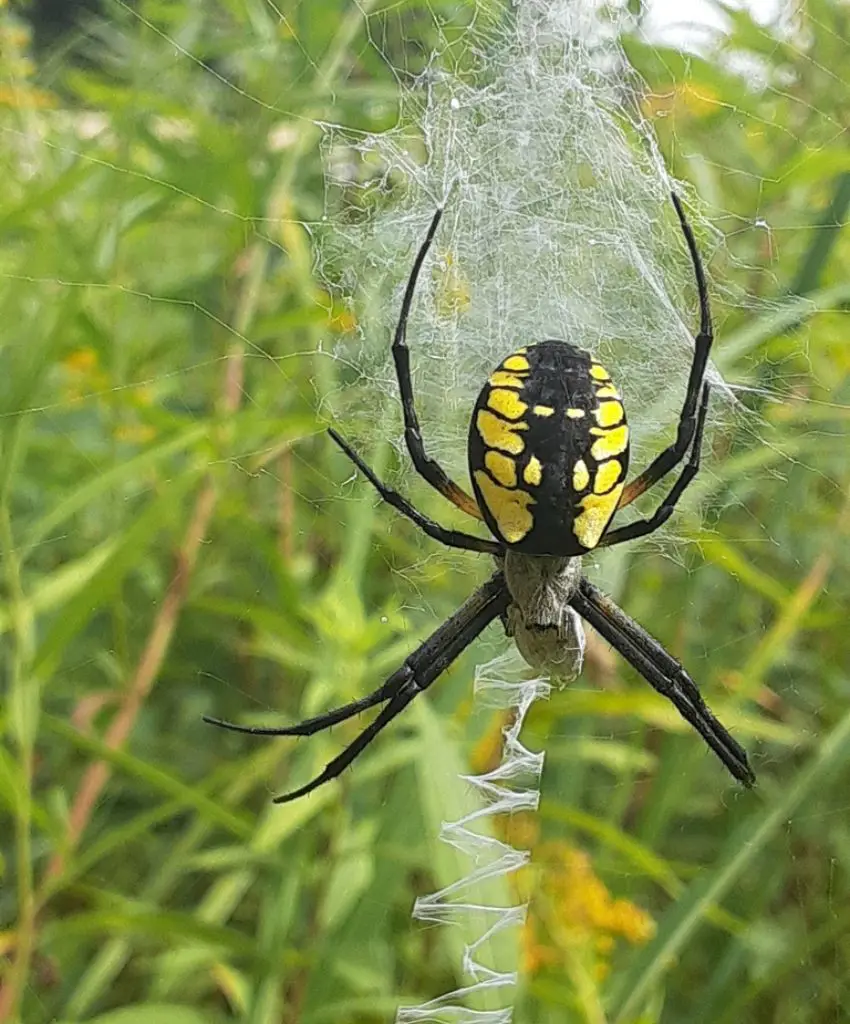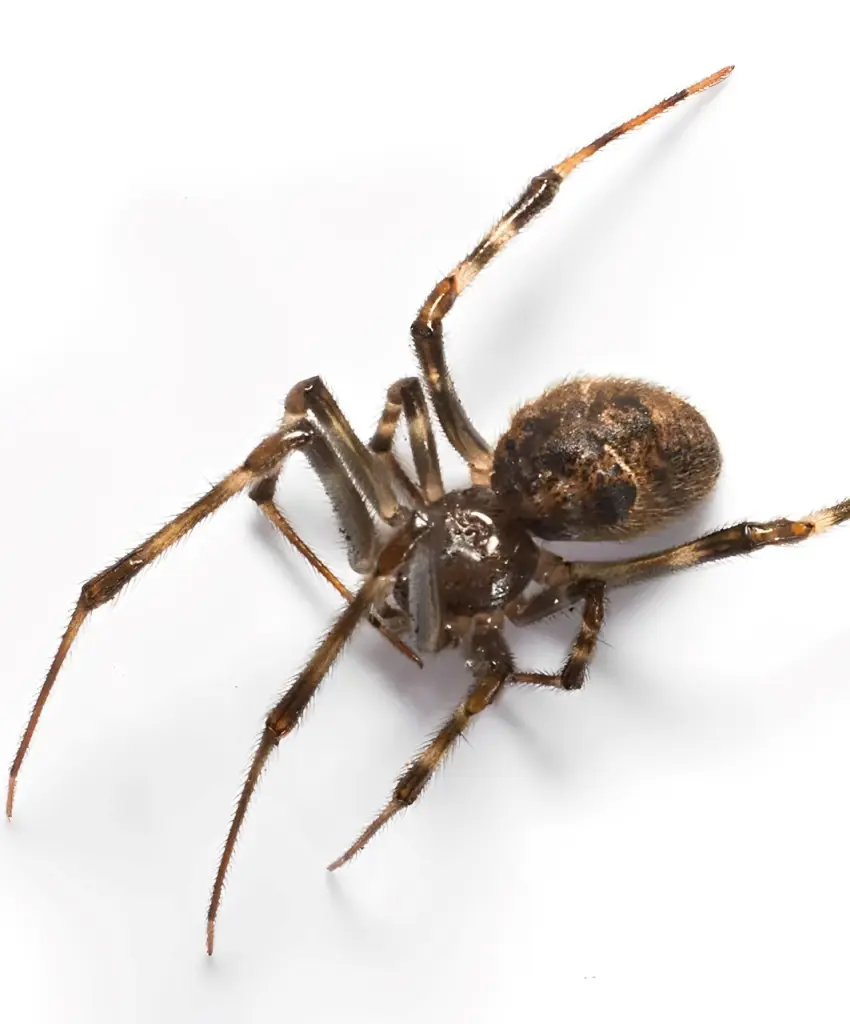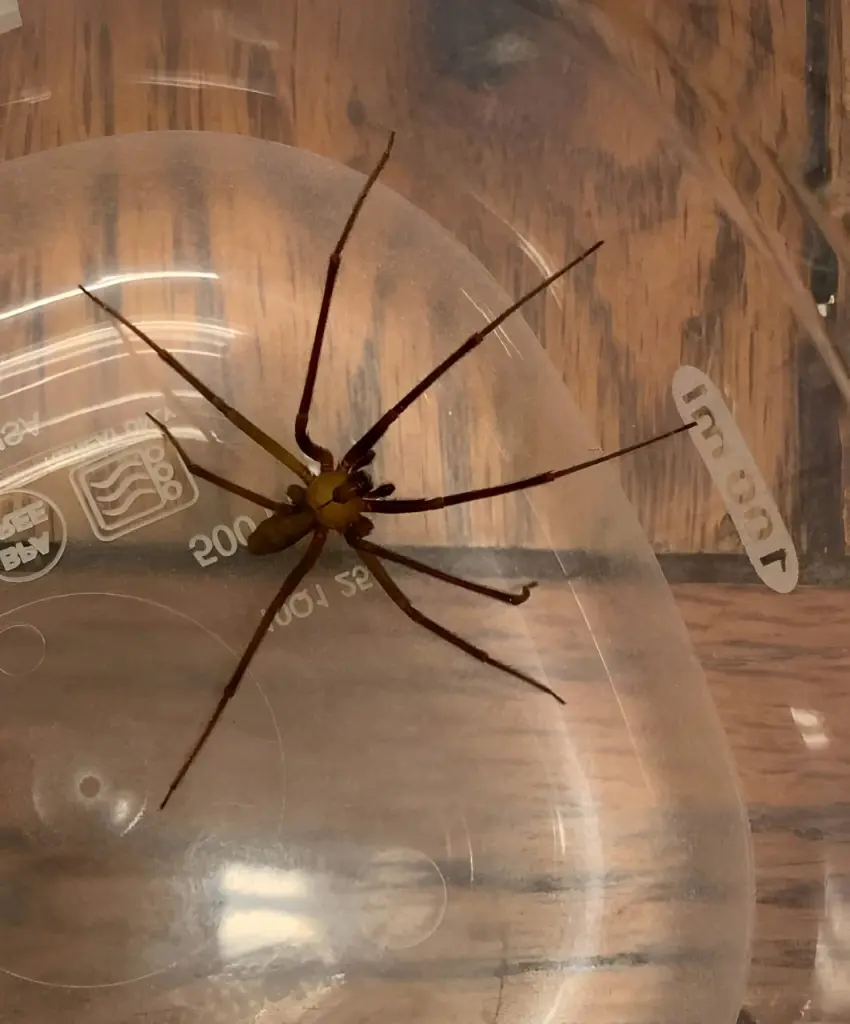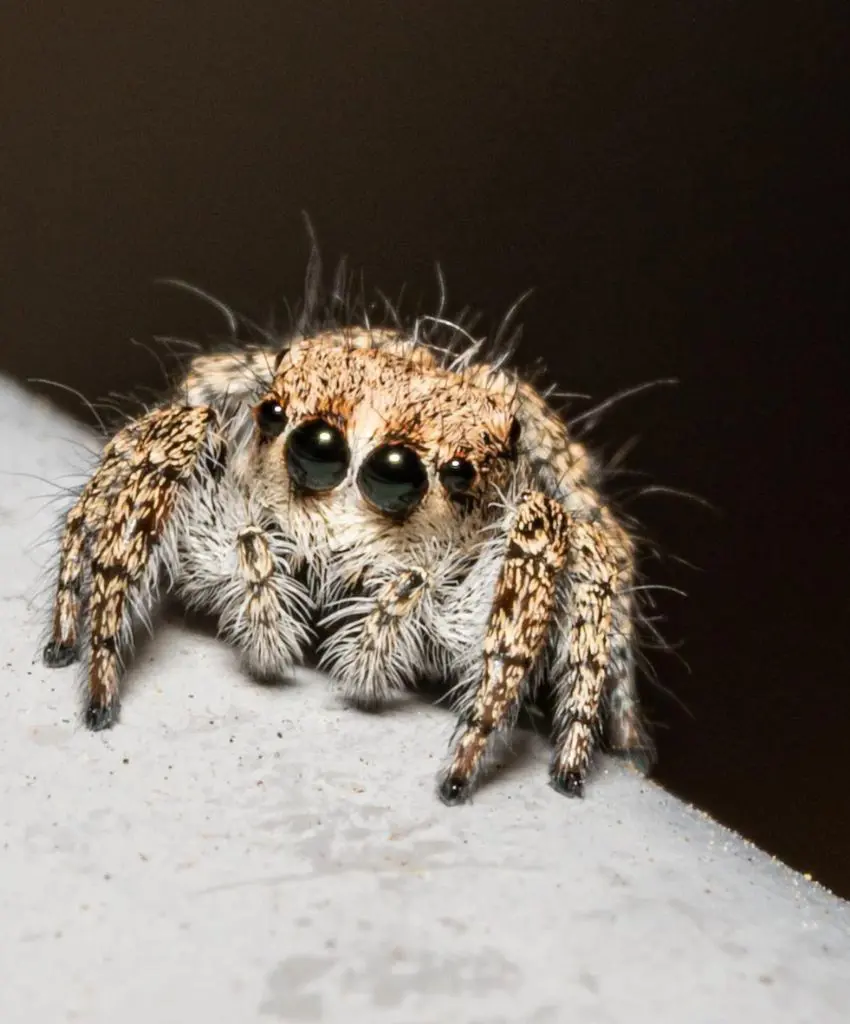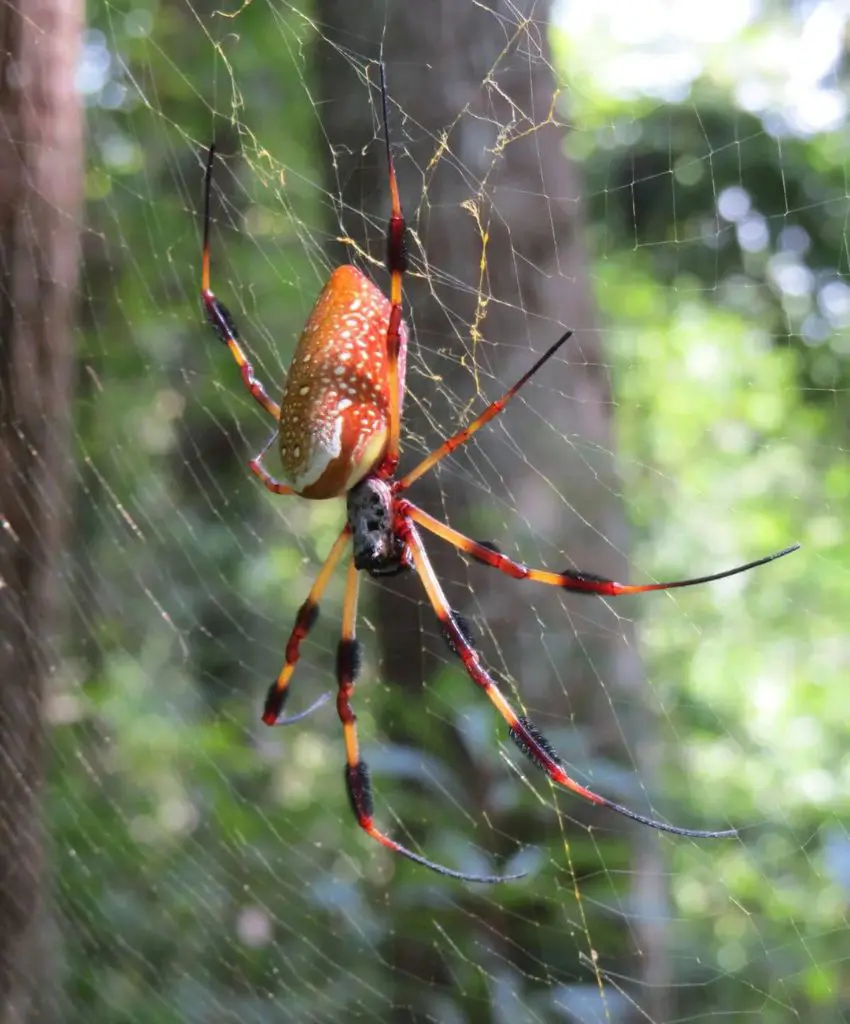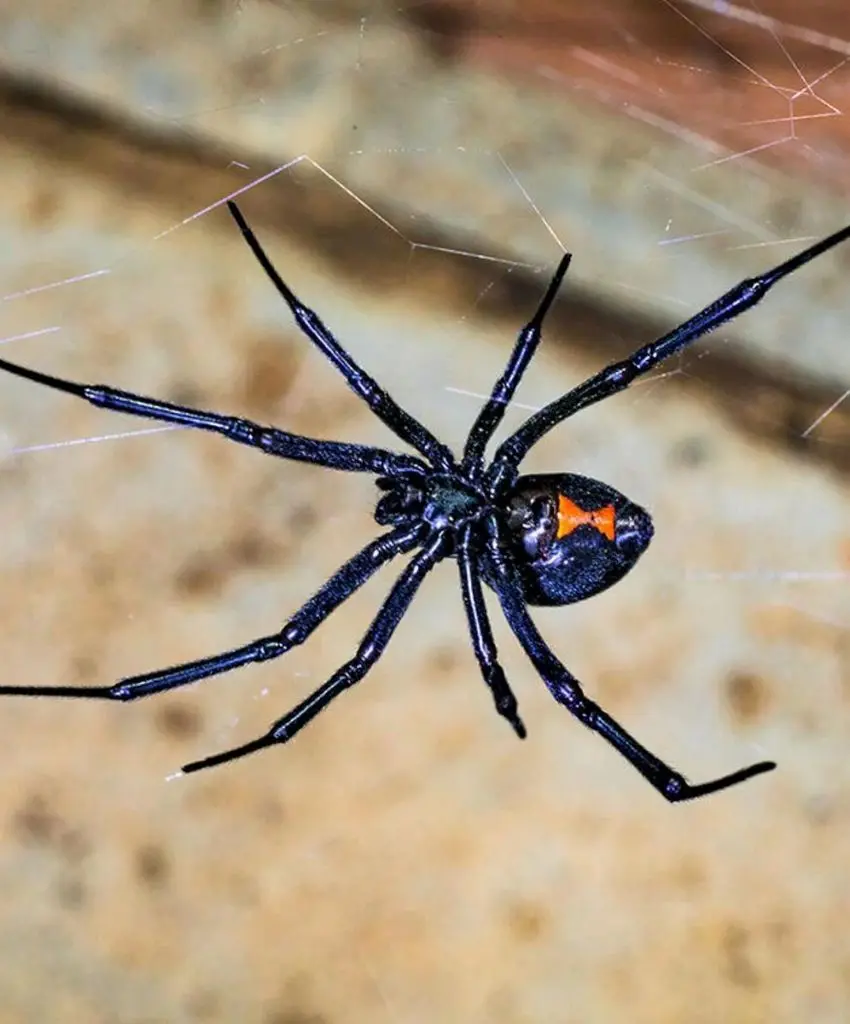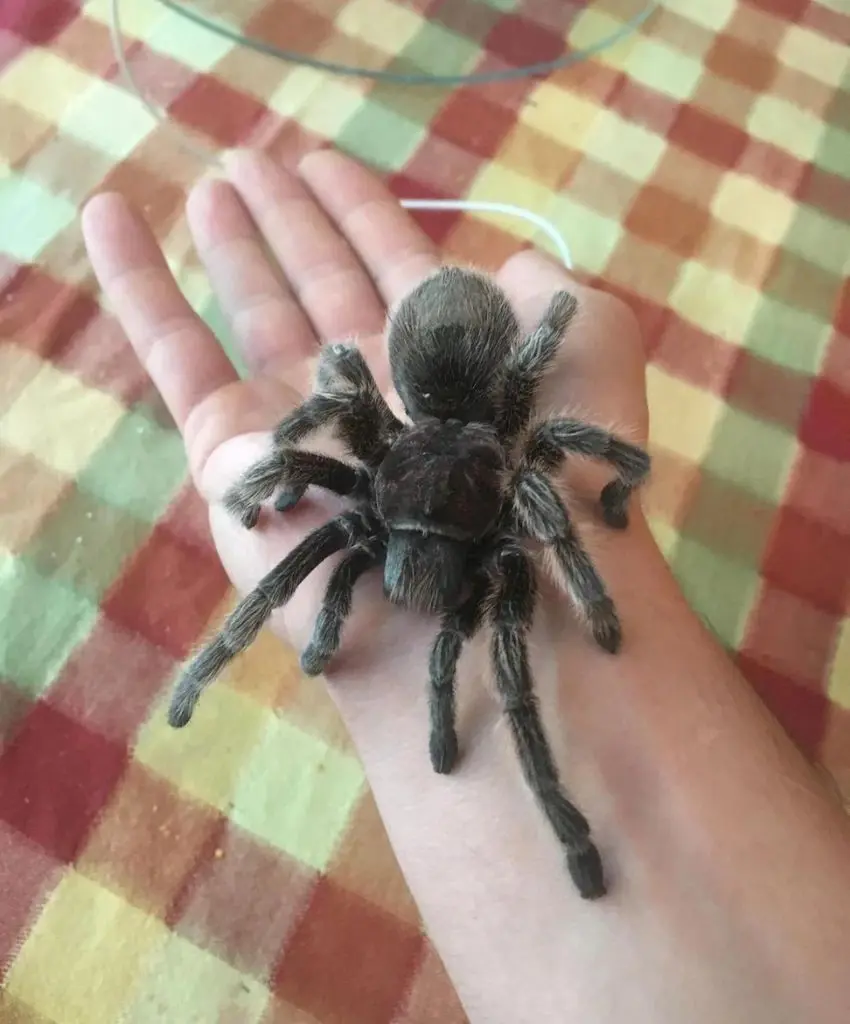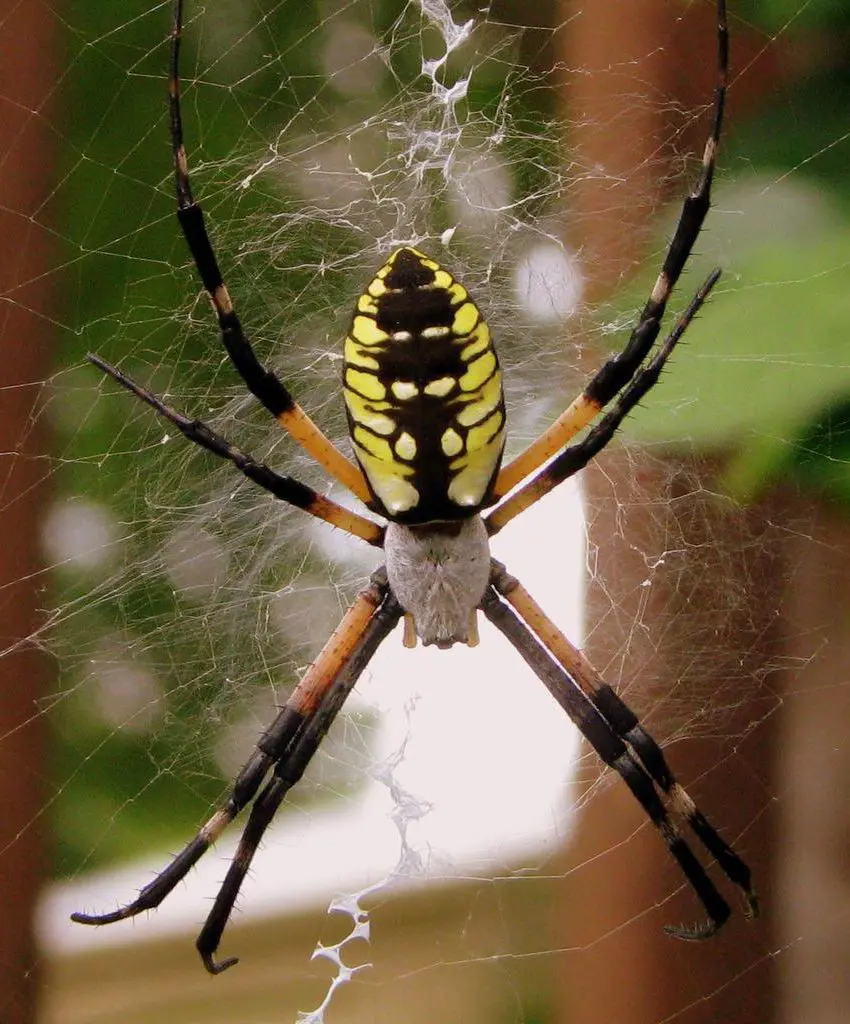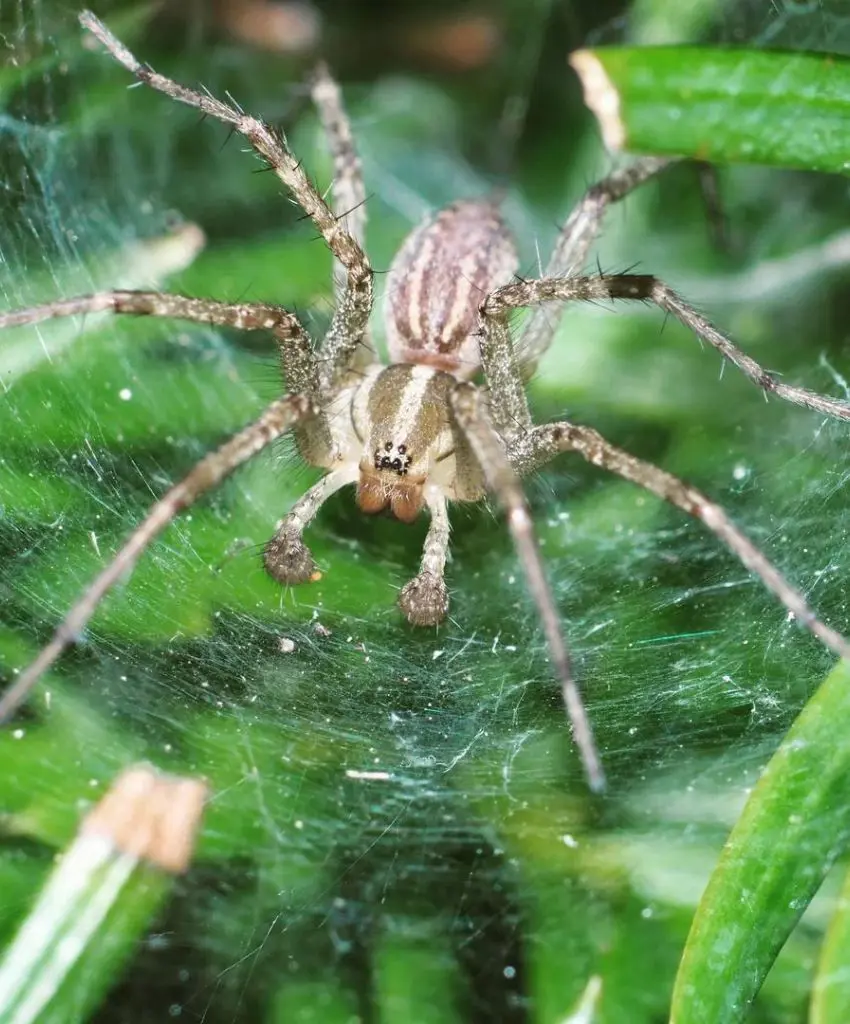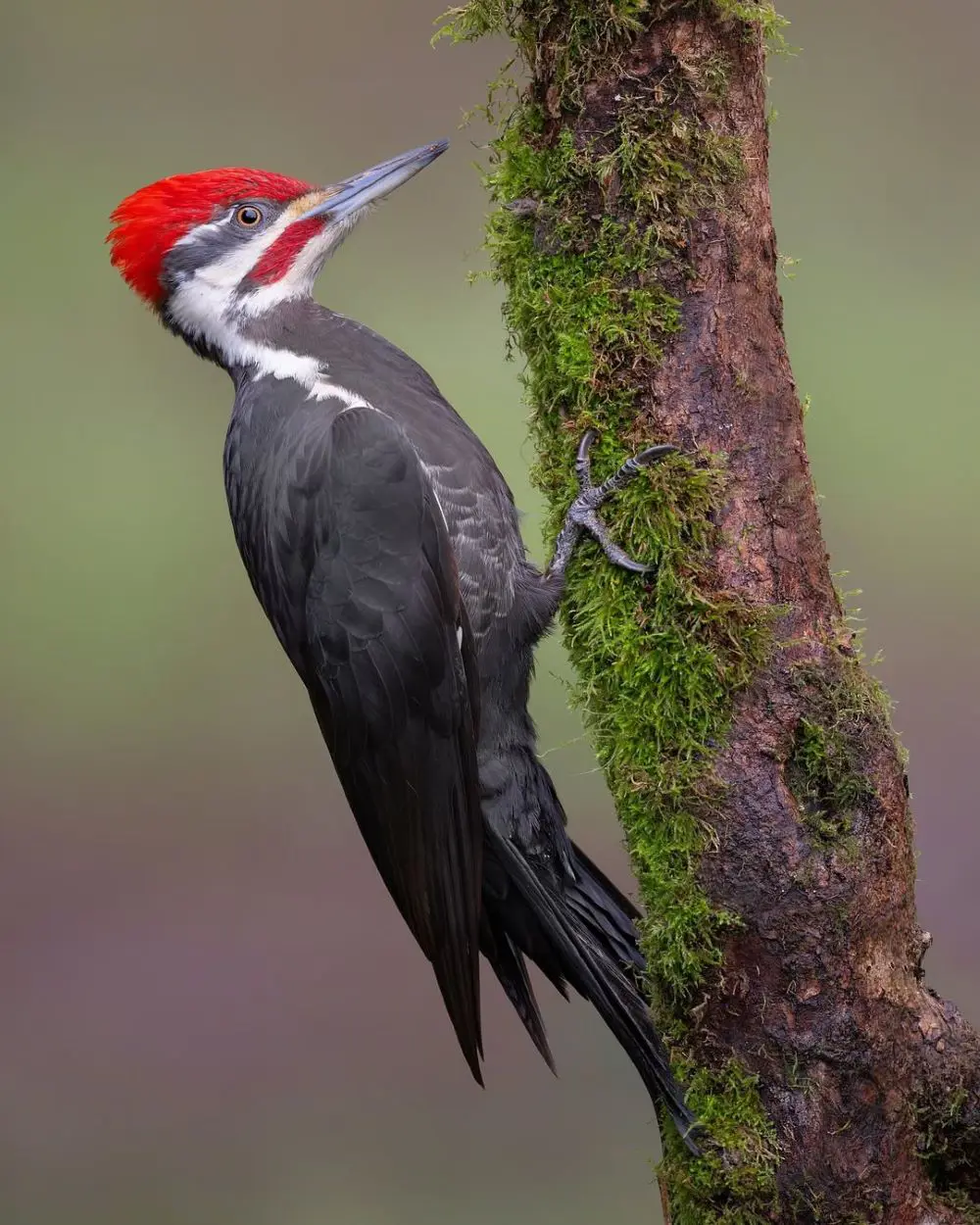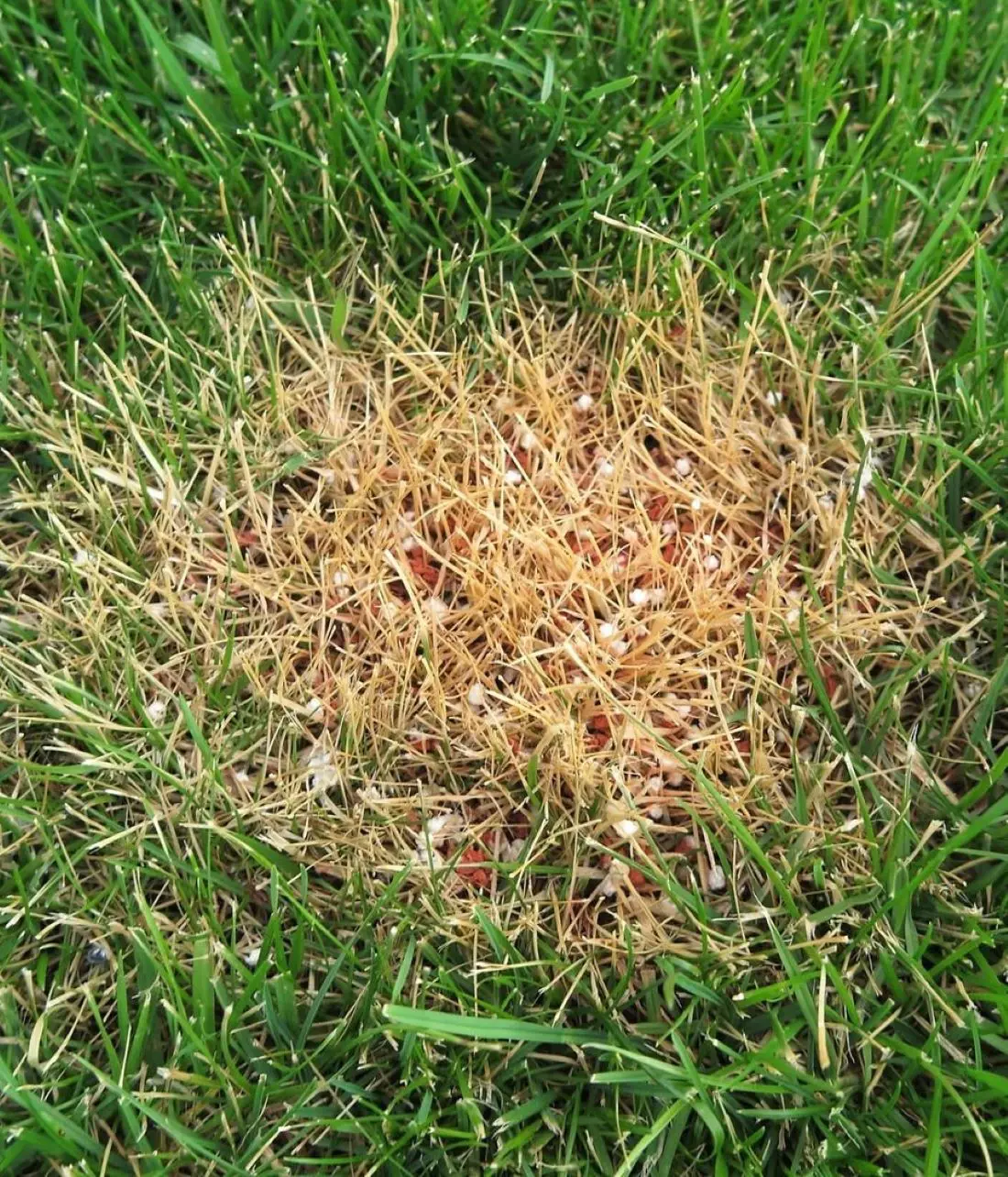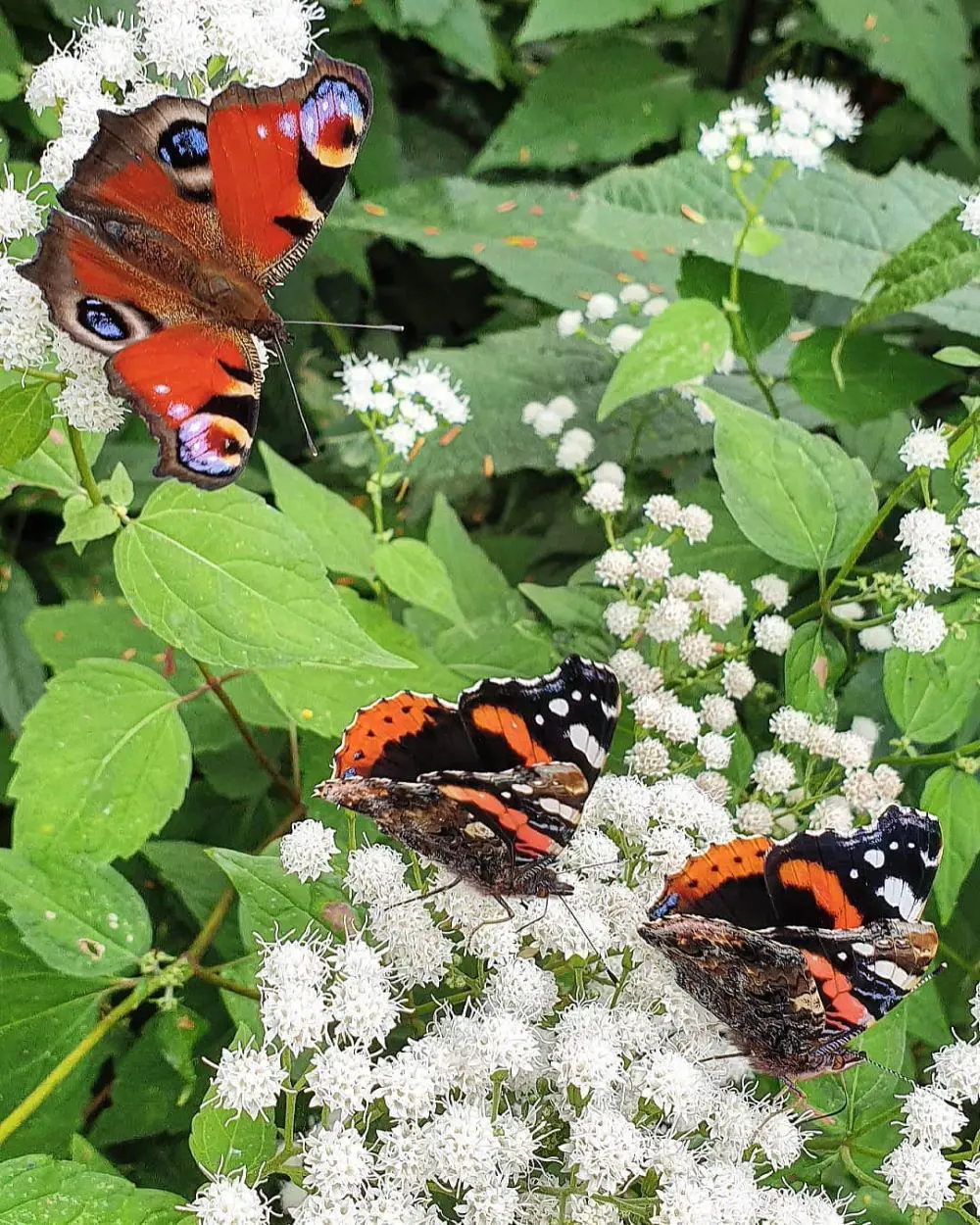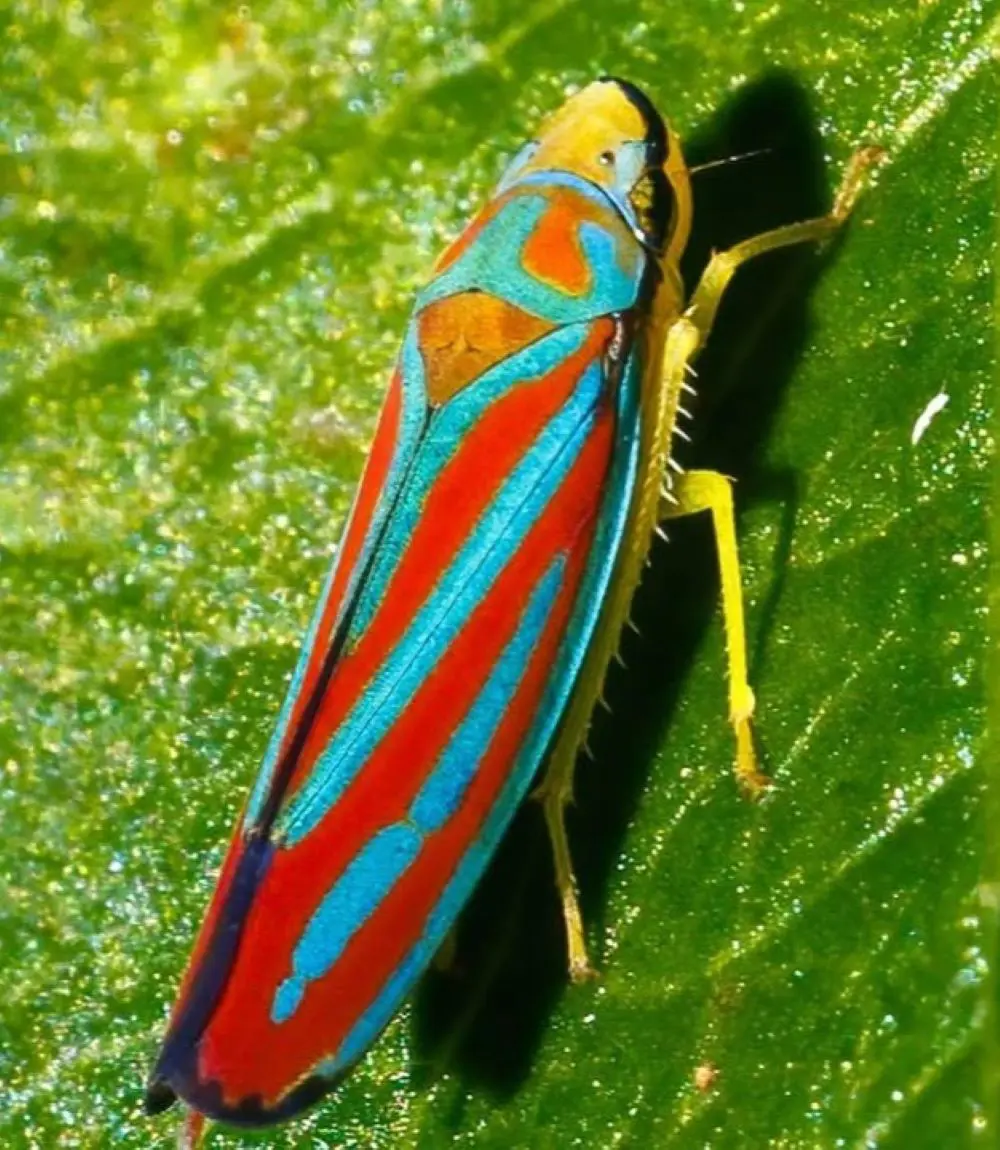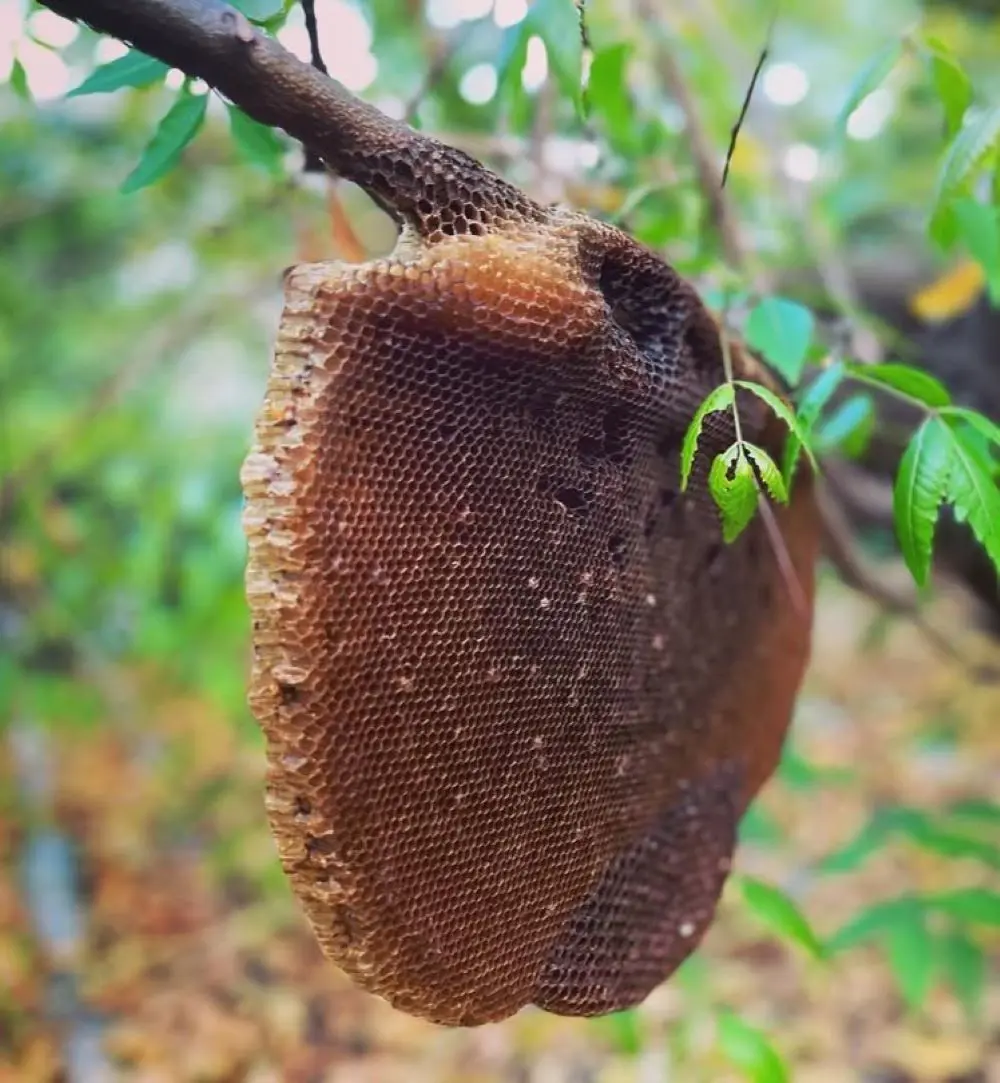1. House Spider
- Scientific Name: Parasteatoda tepidariorum
The House Spider is one of the most common and widely distributed species of spiders which prefer living in houses and can be found in the attics, basements, or behind the furniture. Though widespread and often seen, this spider is not dangerous to humans and does not possess lethal venom.
It rarely bites and even if it does, the effects are normally mild like rashes or itching. House Spiders help reduce the number of insects in our homes as they feed on them.

How to Identify
House Spiders are primarily brown or grayish with a large spherical abdomen that has a combination of light and dark patterns. The legs are long and thin and have distinctive white stripes on them.
Normally, the body length of the species ranges from 5mm to 9 mm which makes the species small in size. Their web is an irregular, tangled structure often located in undisturbed corners of a room or along the edges of the ceiling.
